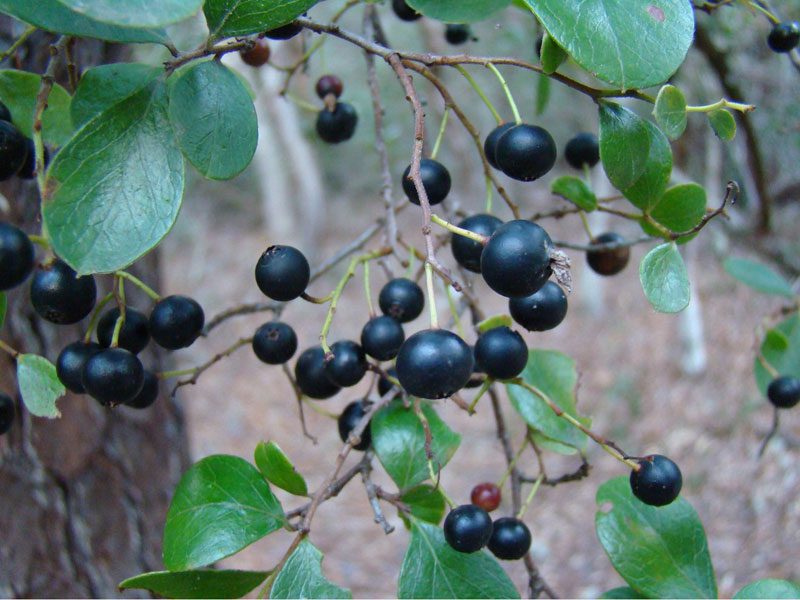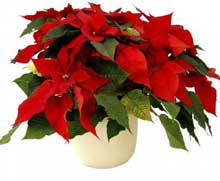The general definition of a native plant is one that was here before European colonization. We also may specify plants endemic to a region or plant community like the Outer Coastal Plain, South Eastern North America, or Maritime Forest.
Exotic invasive plants were brought into an area to be used as fiber, food, forage, erosion control, or as ornamentals from outside that region. Over time and due to the lack of natural predators, aggressive growth or successful reproductive behaviors, invasives can out-compete, shade or crowd out, native species. Some invaders also have allelopathic qualities and prevent native seeds from germinating.When plant communities are threatened the animal species that depend on them may also be lost.
We need to think not only about the plant or the bird, but rather the interaction of the plants and animals that live in an ecosystem. For simplicity I am going to talk about the layers of the community, but without grasses and forbs, soil microbes, insects, trees and shrubs would have a heck of a time garnering nutrients. Plants can’t go to the pantry and get nitrogen, or magnesium. They depend on decaying plants and animal parts to make humus.
All plants work within a long- evolved system to provide food for themselves. The energy from the sun drives the factory in their leaves to make sugar. That energy directly and indirectly feeds the rest of us.
Grasses and groundcovers weave the fabric of plants that hold soil and moisture, provide food and cover for small animals, attract pollinators and songbirds.The leaf litter is important as well. As trees shed their leaves, all the nutrients that the roots have mined from the soil are recycled. As the litter breaks down it feeds soil microbes and becomes the stable complex carbon chain we call humus.
Ferns, and other herbaceous annuals and perennials, fill the spaces between shrubs and trees.
Ferns can be incorporated into many landscape settings. They might be evergreen or deciduous, and many can be grown as accent plants, in a mass, or grown in containers. Some great native ferns include maidenhair, ebony spleenwort, sensitive, cinnamon, and southern shield fern.
Whether you have a low sunny spot where lawn isn’t working, or you are planning a rain garden there are some interesting choices of natives that like wet soils. Louisiana iris, swamp rose, swamp sunflower, canna lily, and native hibiscus are grown in moist soils, and can live through dry periods without a lot of supplemental water. Native perennials are tough. They are also great host plants for pollinators. They can reproduce by seed or vegetative organs like bulbs, tubers, or fleshy roots; these underground organs store water and food to help through times of drought or low fertility.
If you’re looking for some great looking small native trees check out Sparkleberry and Anise. Sparkleberry, Vaccinium arboreum, is the largest member of the blueberry genus.Over time gorgeous bark is exposed, and the flowers and fruit host bees and other animals. I have eaten the ripe fruit, which is delicious but has lots of seeds.
There are two anise trees that do well in shade. The small flowered anise, Illicium parviflorum, is a suckering shrub, getting taller and wider as it grows. Florida anise, Illicium floridanum, resembling an evergreen rhododendron, is more likely to have a single trunk, its blooms are larger, and can be either burgundy red or white. Both species have fragrant, licorice smelling leaves and are also grown as large shrubs or small trees. The species parviflorum is useful as a screen and can get quite large given the right siting. Other choices in this category are wax myrtle, Morella spp. and salt myrtle Baccharis spp. Both are evergreen, native, and can provide screening. The wax myrtle leaves are dark green and very fragrant while the salt myrtle leaves are lighter green. Both are tolerant of sunny and brackish locations and important to many wildlife species.
Trees can live a long time and provide so many environmental services: shade, shelter, food, habitat, mulch, prevent soil erosion, and Oxygen. Generations of insects, birds, and humans will delight in those services.
If anyone tells you that dogwoods don’t grow here, it is not true. They are susceptible to borers and other pests, but there are some excellent improved varieties that are grown in the South for the South. Other good choices of small trees are redbud, Cercis canadensis, and the winged elms, Ulmus elata.
Oaks are the most productive native trees with the genus supporting over 300 lepidopteran and other insect species. Also important for wildlife support are willow, native cherry, red bay, crabapple, and American holly.
There are great native plants from which to choose. Many independent garden centers already carry them. Make a commitment to garden not just for pleasure, but for life.
Several good resources on native plants are:
The South Carolina Native Plant Society https://scnps.org/
South Carolina Exotic Pest Plant Council https://www.se-eppc.org/southcarolina/
https://hgic.clemson.edu/factsheet/an-introduction-to-native-plants-for-sc-landscapes/








